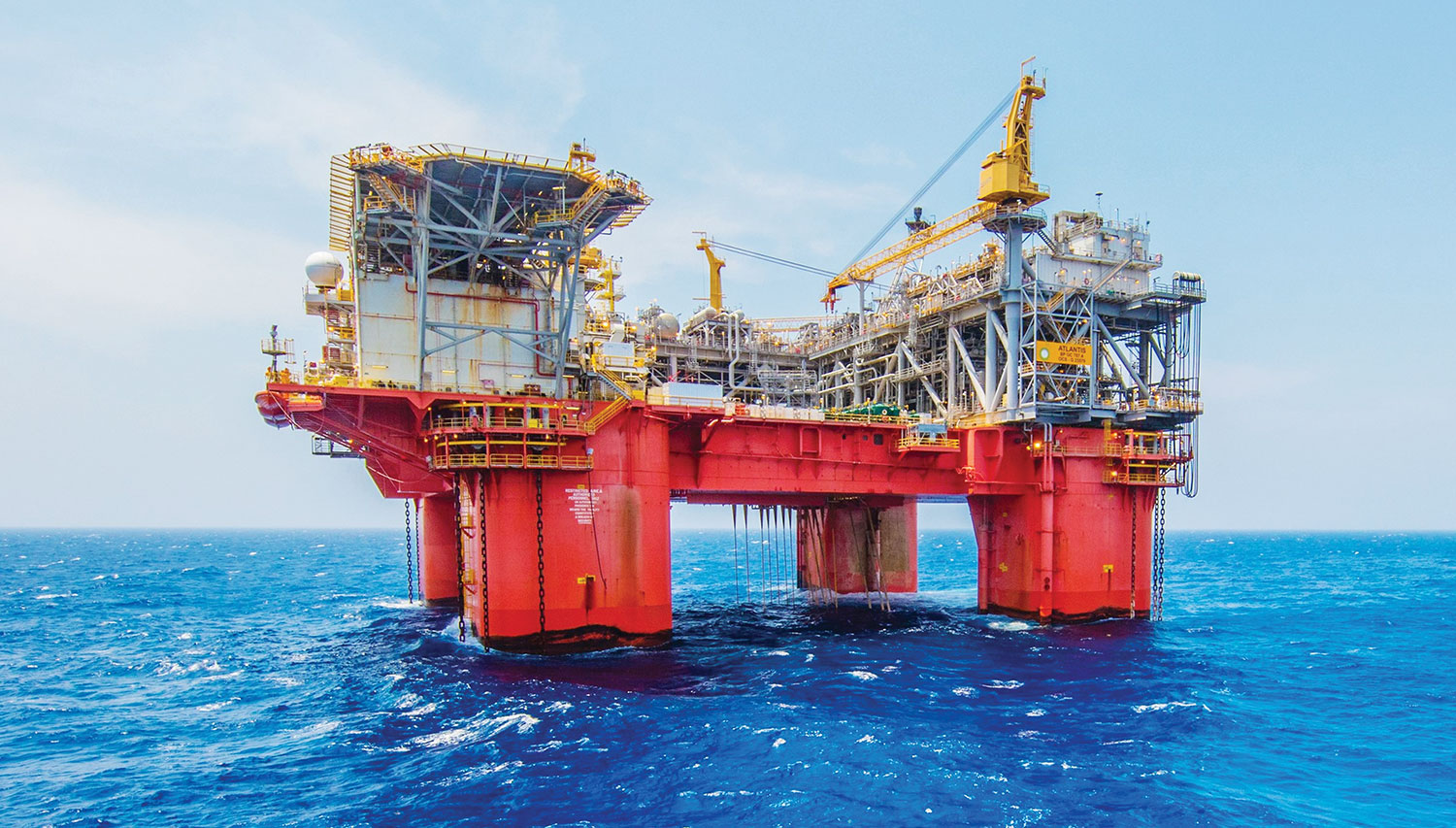
Ongoing ‘rivalry’ between two men results in ‘shootout’, which leaves 1 injured and both facing charges
November 18, 2019
Nicol Blanchard | Chief Executive Officer Houma Terrebonne Chamber of Commerce
November 18, 2019Throughout most of 2019, this column has chronicled the roller coaster ride that is the price for a barrel of oil — a constant sequence of dips and peaks which occur based on things going on in both the industry, but also in politics around the world.
But right now is a rare time because there’s nothing dramatic to report with price.
Oil prices have remained steady this month with just common, minor ebbs and flows in price daily on the market.
At last writing, prices hovered in the mid-$50/barrel range. At our press-date in early November, that remained the same with prices having risen slightly to just north of $56/barrel.
With 2019 winding down, experts are already looking to 2020 and beyond for oil.
Forecasts call for prices just north of $60/barrel in 2020 and into 2021 — short of the full-blown price surge that some locally might want to see for the sake of deepwater exploration.
But Port Fourchon Executive Director Chett Chiasson has said multiple times throughout the summer and fall that information he and others at the port are seeing point to an increase in work in the future.
“We’re optimistic,” Chiasson said. “It’s cautiously optimistic, but we’re optimistic. From some of the things we’ve been seeing, we think there’s going to be a resurgence and we think the future remains bright for our port and also for our industry as a whole.”
There are signs that Chiasson’s optimism is warranted.
The global climate surrounding oil and gas has changed drastically in recent years and most of that change starts at home.
Under President Donald Trump, the United States has significantly upped its production of oil and gas, which has contributed to a global glut in supply and the lower prices.
A lot of that supply has been sparked by a fracking craze — a craze which has slowed some in recent months, but which continues on and is a major player in the industry.
But statistics show that Gulf of Mexico exploration has been on the increase in recent months.
Gulf production dropped to just 1.6 million barrels per day in July because of the temporary work stoppage associated with Hurricane Barry.
But before and after Barry, production had risen. It was 1.9 million barrels per day in June and production had risen to 2.0 million barrels per day in August — allowing the United States to reach a new record for production at 12.4 million barrels per day.
That 2.0 million barrels per day number is expected to be the standard in 2020, according to a report by WorldOil.com. Oil experts say Gulf production is going to stay steady at a higher rate because of projects that are currently on the books are beginning to ramp up production.
The report also says that there are uncertainties in the oil market and that long-term planning for figures in the Gulf are difficult to make and “may change accordingly”.
One of those factors that impacts long-term planning is OPEC, and recently the oil powerhouse rose its production by 700,000 barrels per day in October, which, if continued, could greatly lower the price for the future.
That decision, according to Stephen Brennock, oil analyst at Oil Associates, is why it’s highly unlikely that we see a significant jump in price anytime soon.
So where do we go from here?
New, recently released forecasts for 2020 and 2021 remain the same now as they were before — even with some of the slight changes in the market.
Fitch Solutions Macro Research’s latest forecast calls for levels around $60/barrel for the next several years — going into 2023.
Bloomberg Consensus mostly agrees. They project $64/barrel oil as the average price in 2020, then levels that hover around the $62-63/barrel range for the better part of the next half-decade.
That number is not great for us locally, but isn’t horrible. It’s above the break-even point for oil and gas companies.
So as long as business is being done in the Gulf, we could see a small bump in our local economy.
But as we’ve learned, global conditions could change this entire picture at any moment.
“Trade relations are dictating the global market right now,” said analysts at Goldman Sachs. “And no one has a clear picture of what will be the final result of those negotiations, which makes it hard to figure supply, demand, price and the short-term future of the industry.” •










